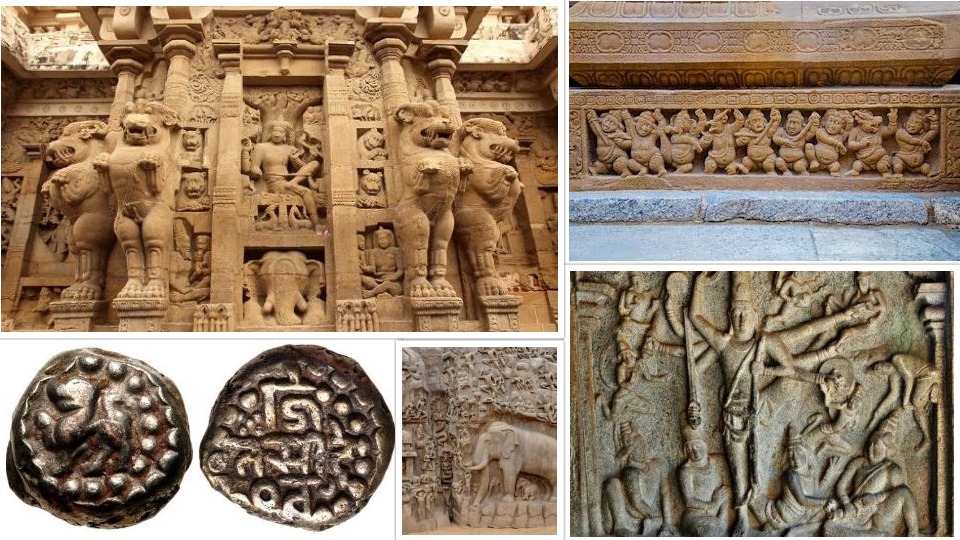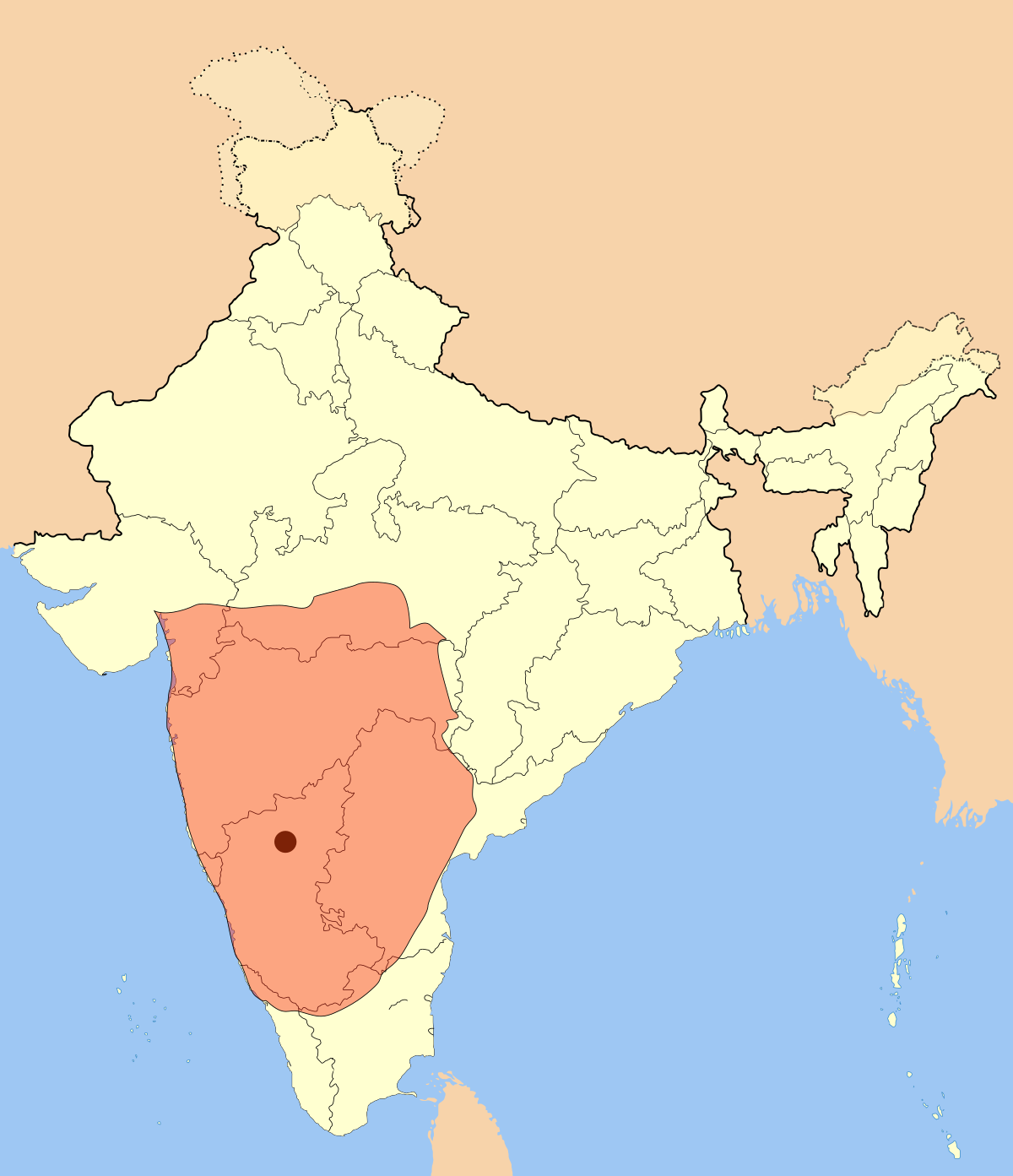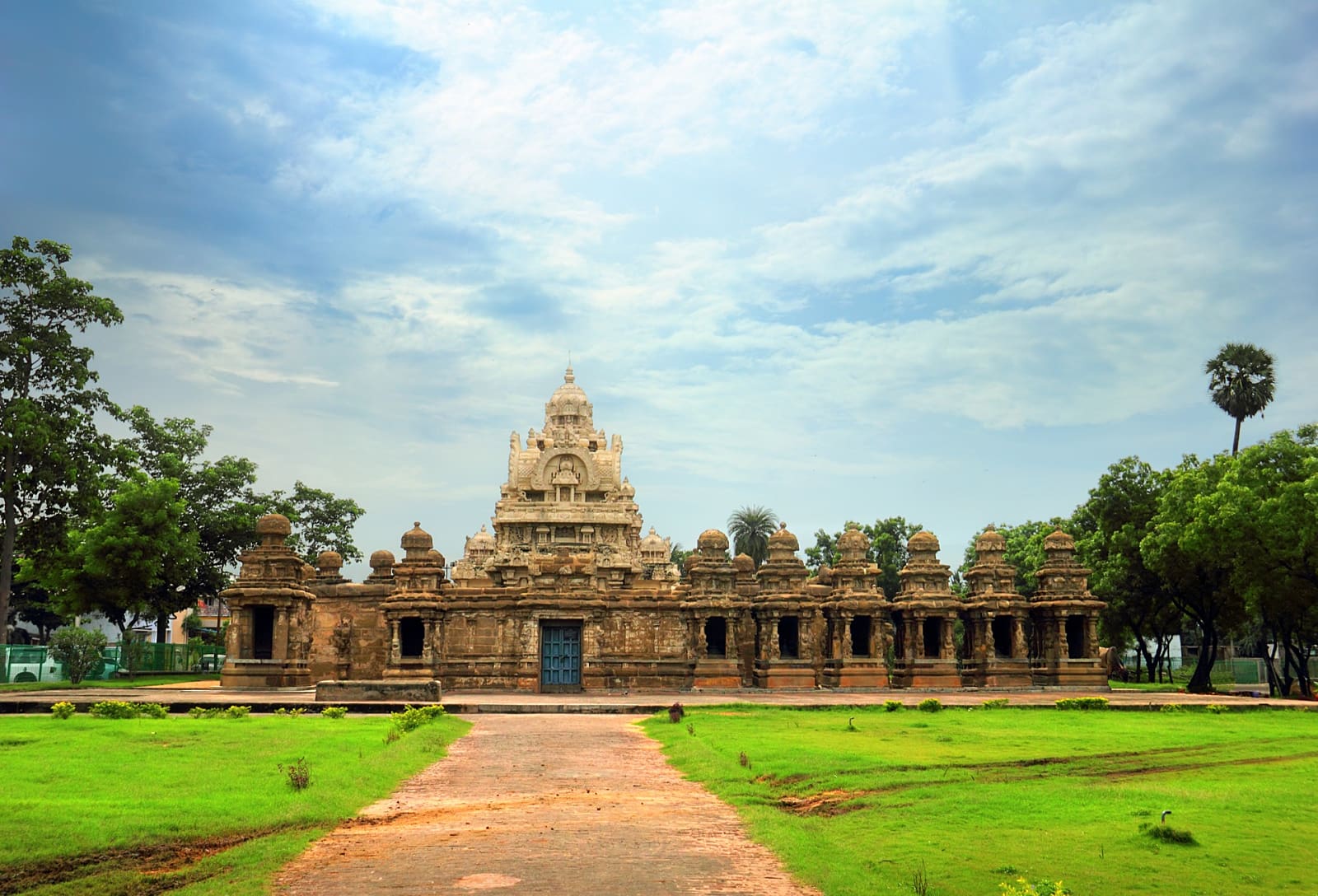 Pallava Dynasty was a famous power in South India that existed between the 3rd and 9th Centuries. They ruled northern parts of Tamil Nadu, parts of Karnataka, Andhra Pradesh and Telangana with Kanchipuram as their capital. The Pallavas supported Buddhism, Jainism, and the Brahminical faith and were patrons of music, painting and literature.
Pallava Dynasty was a famous power in South India that existed between the 3rd and 9th Centuries. They ruled northern parts of Tamil Nadu, parts of Karnataka, Andhra Pradesh and Telangana with Kanchipuram as their capital. The Pallavas supported Buddhism, Jainism, and the Brahminical faith and were patrons of music, painting and literature.
 Origin of Pallava Dynasty
Origin of Pallava DynastyPallava Dynasty was earlier feudatories of Andhra Satavahanas. Pallavas grew to be autonomous subsequent to their decline at Amaravati. The rule of Mahendravarman I (571 - 630 CE) and Narasimhavarman I (630 - 668 CE) witnessed the augment in the wealth and vigour of the Pallava realm.
Combats of Pallava Dynasty
Throughout their supremacy they were in steady conflict with both

Chalukya Dynasty in the north and the Tamil kingdoms of Chola and Pandyas in the south.

Architecture of Pallava Dynasty
The Pallava Dynasty was typically distinguished for their benefaction of Dravidian architecture. They were instrumental in the transition from rock-cut architecture to stone temples that can be witnessed even today in Mahabalipuram.
The Kailasanatha Temple in Kanchipuram and the Shore Temple were built by Narasimhavarman II.
 Read more : Pallava Dynasty
Read more : Pallava Dynasty